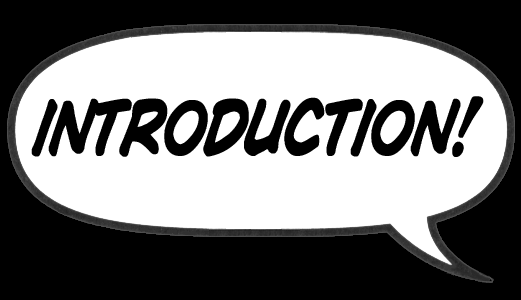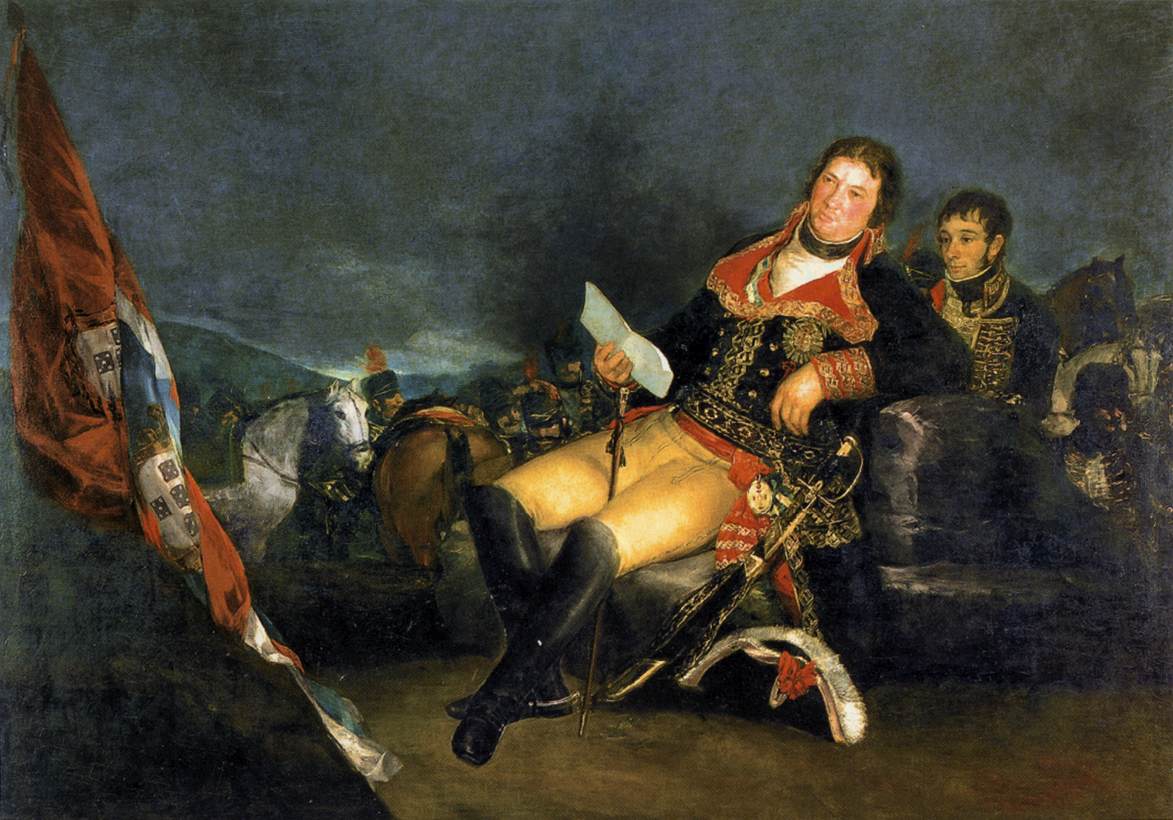
TOPIC
|
Presentations
|
Multimedia
|
In this brief
introductory session, created by the teacher, you will have the opportunity
to review periods of History you have studied in the past three years.
Do you know what our
starting point is?
|
|
|
Advanced resources
|
||
MAPS
|
Click on the links to
have access to complete maps
|
Europe
|
|
UNIT 1. THE 18th CENTURY. THE AGE OF ENLIGHTENMENT
TOPIC
|
PRESENTATIONS
|
SOURCES
|
MULTIMEDIA
|
In this unit you will study the last century of the Old Regime.
Enlightened intellectuals strongly critised the stratified society, the
influence of religión and superstition. On the contrary, they trusted in
reason as the light who guided human progress.
|
MONTESQUIEU. The Spirit of the Laws.
ROUSSEAU. The Social Contract.
VOLTAIRE. Philosophical letters.
|
VOCABULARY
|
ART
during the 18th century
Smarthistory youtube channel : art, history, conversation. |
TOPIC
|
PRESENTATIONS
|
SOURCES
|
MULTIMEDIA
|
In this unit you will study a series of revolutionary processes, beginning in 1770, which profoundly transformed Europe and its colonies in just over a century. Absolute monarchies will disappeared, and the bourgeoisie will became the dominant social group.
|
E.H. Gombrich chapter of the French Revolution from his Little History of the world. Includes teacher's notes. The Battle of Waterloo |
A funny way to learn the French Revolution told by musician and artist Jeffrey Lewis. |
VOCABULARY
|
ART
Smart history channel FILMS MUSIC |
| MAPS |
How to analyse a historical map.
Tips for analysing our first map: Europe in 1815. The analysis of the map: Europe in 1815, created by the teacher. |
UNIT 3: THE INDUSTRIAL REVOLUTION
TOPIC
|
PRESENTATIONS
|
SOURCES
|
MULTIMEDIA
|
This unit explains the revolutionary changes that took place between 1770 and 1870in the economic, social, cultural and artistic fields. It started in Grean Britain and it affected first to two important sectors: textile and iron and steel. This revolution expanded to transportation, promoted trade and the development of capitalism; and in the social field gave rise to the new status of the bourgeoise and andthe appearance of the proletariat. |
|
VOCABULARY
|
ART
Smart history channel FILMS BOOKS Holiday Reading ! by EH Gombrich :) How to work with these readings? The best way to thank an author is to write a book review. | The third class carriage The Crystal Palace of London designed by Paxton Modern Time (intoduction) Three chapter from a Little history of the word. After reading print the book review and complete. Napoleonic Empire: The last conqueror The Unification of Italy and Germany: Two new states in Europe The Industrial Revolution: Men and Machines Book review: print and complete. Click on here. |
UNIT 4: SPAIN. THE CRISIS OF THE OLD REGIME

Manuel Godoy, Duque de Alcudia, "Príncipe de la Paz", by Francisco de Goya, 1801
Real Academia de Bellas Artes de San Fernando
Real Academia de Bellas Artes de San Fernando
TOPIC
|
PRESENTATIONS
|
SOURCES
|
MULTIMEDIA
|
This unit starts with the reign of Charles IV that began in 1788. Since then, political systems arose, and ideologies clashed before achieving the liberal consolidation in our country. This was a period of tremendous inestability. From an economic point of view, the modernisation of Spain took place. It was a slow and limited process, however, it contributed to reduce the gap between northern Europe and the Mediterranean countries. |
VOCABULARY
| |
ART
|
UNIT 5: IMPERIALISM AND THE FIRST WORLD WAR

Satirical cartoon of Cecil Rhodes and the British colonies in Africa
TOPIC
|
PRESENTATIONS
|
SOURCES
|
MULTIMEDIA
|
Between 1870 and 1914, the world entered a new era characterised by the European expansion to other countries that hadn't been colonised yet, like Africa or Asia, motivated by the great development of their industries and in order to find new markets. Rivalries emerged and alliances were activated causing the major armed conlfict known, the Great War between 1914 and 1918.
BOOK_A Little History of the world |
Teaching assistant: THE US MOVES WEST
WWI WOMEN Click here to read the chapter Across the seas Pages 248-255 |
The 15 points of Wilson by Quizlet
|
Excellent multimedia summary
|
VOCABULARY
| |
ART
|
IDENTIFY
THE PAINTING
First
fill in all this data
TITLE:……………………………………………………………
ARTIST:
NATIONALITY:……………………………………
DATE:………………………
ARTISTIC
MOVEMENT:……………………………..
TOPIC:
…………………………………………………………………………………
(A
sentence)
WRITING PART
Create your own analysis
ANALYSIS:
Introduction
(with all the information you have in the first part of the
assignment create a paragraph. For example: “ This painting,
…........................, was created in …...by the
French/German/Spanish artist..........., and it is one of the most
famous example of Cubism ….....In this painting, Picasso has
abandoned the traditional representation of the body of a woman, and
instead, he uses distorsion and geometrical figures” .
Development
(create the complete analisis: shape, colors, technique, use the
students book, innovations of this artistic movement, the moment in
which the author did it, where was him? What inspired him, etc.)
Conclusions
(Paraphrase the introduction, add, innovations, repercussion , etc.)
|
UNIT 6: THE INTERWAR YEARS AND WORLD WAR II


Dorothea Lange's images of a destitute migrant family during the Great Depression
TOPIC
|
PRESENTATIONS
|
SOURCES
|
MULTIMEDIA
|
This unit covers the period between 1917 and 1945. After WWI, the Russian Revoltuion started, followed by the Great Depresion of 1929 in the US, after a period of prosperity and comsuption. This economic crisis will contribute to the rise of totalitariam regimes in Europe, that led to a major conflict: WWII. | OLD Power Points (different books) The Weimar Republic The rise of Nazism THE SECOND WORLD WAR THE ATOMIC BOMB TEACHER'S ASSISTANT PRESENTATION: The Irish Independence |
BIOGRAPHIES
|
VOCABULARY
| |
ART
| CULTURE AND ART FROM 1919 TO 1945. TEACHER'S PPT The Bauhaus School video (in German) The Bauhaus School Is there Bauhaus in IKEA article Frank Lloyd Wright Le Corbusier Marcel Duchamp Marc Chagall René Magritte |
MULTIMEDIA. Explanatory short clips and documentaries
La Segunda República Española explicada en 10 minutos
The Spanish Civil War : the view from a student
The Spanish Civil War : the view from a student
ART VIDEOS
Activity
THE BOMBING OF GUERNICA
Guernica del horror al lienzo
Answer thr following questions:
Guernica del horror al lienzo
1. When did the bombing
attack take place in the town of Guernica?
2. By whom was it
attacked? What was the intention of it?
3. After the Spanish
Civil War, what did the government say about it?
4. Who was the first
journalist that said the truth in the newspapers?
5. Was there enough
evidence of those who committed such a crime against Guernica’s civilians?
6. Why did Picasso
create his famous painting “Guernica”? What was its purpose?
7. Was it easy for him
to decide the topic which reflected the situation Spain was going through?
THE COLD WAR
Teaching assistant's presentation: THE WAR OF VIETNAM


No hay comentarios:
Publicar un comentario